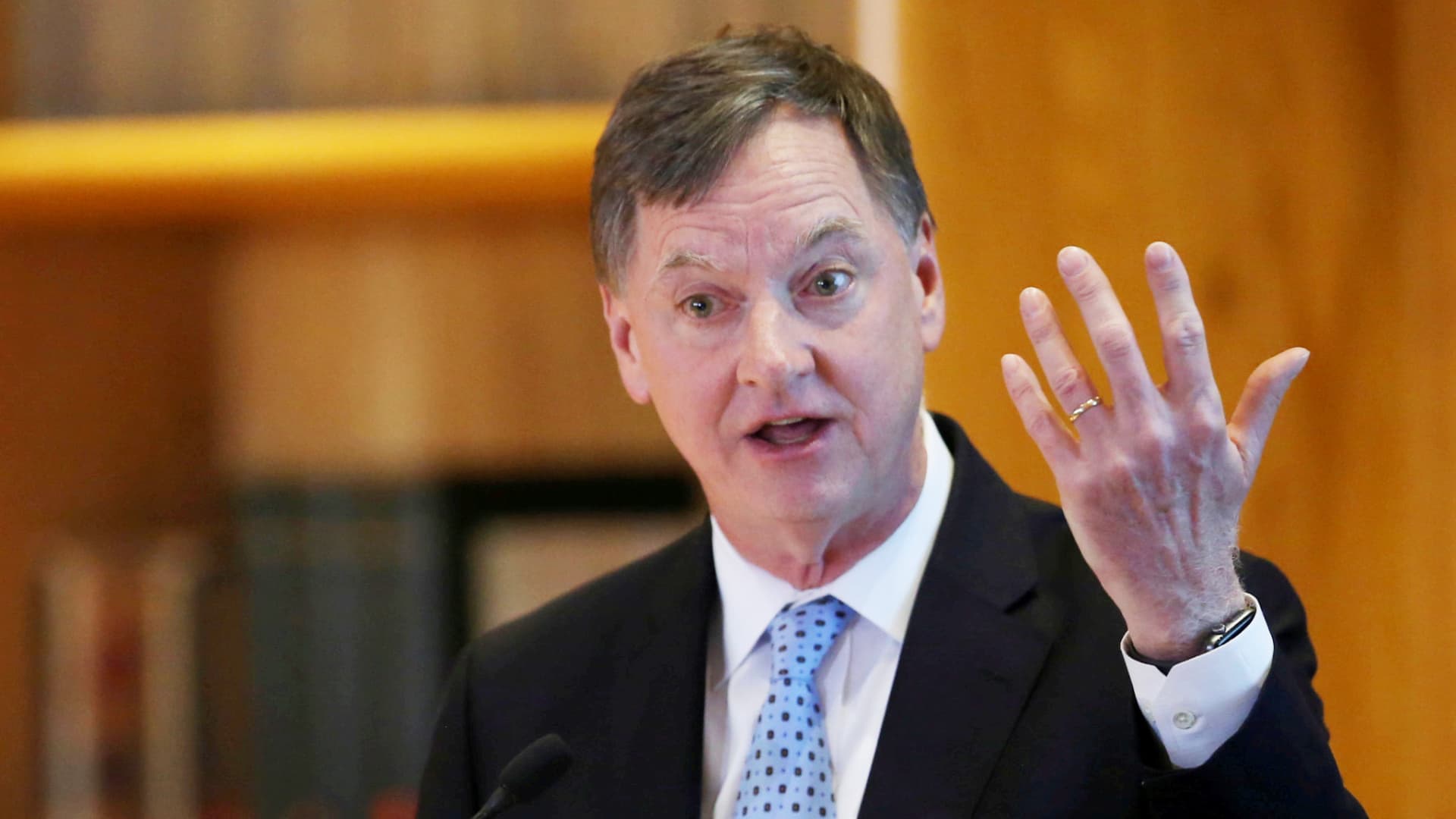
Chicago Federal Reserve President Charles Evans will retire from his position in early 2023, the central bank announced Thursday.
Long one of the Fed’s most consistent policy doves, or in favor of lower rates and more accommodation, Evans, 64, did not elaborate on why he was stepping down.
“It has been an honor to serve as a president of the Chicago Fed and as a member of the Federal Open Market Committee for the last 14 years,” Evans said in a statement. “I have been privileged to work with talented, dedicated and mission-driven colleagues who are singularly focused on serving the public interest, the Seventh District and our nation. I am immensely proud of the work our bank has accomplished.”
Evans joined the Chicago Fed in 1991 and has served in his current role since 2007. He helped develop the so-called “dot plot” the Federal Open Market Committee now publishes showing participants’ views of appropriate monetary policy.
“Charlie has been an influential and insightful voice at the monetary policy making table for nearly 15 years,” said Fed Chair Jerome Powell. “He is our longest-serving member and has been engaged in public service at the Chicago Fed for more than three decades. Charlie consistently brings data-driven analysis, unfailing collegiality, and a keen interest in seeking out differing views. He is an example of the very best in public service.”
Evans recently said he believes current Fed policy on interest rates is “wrong-footed” and will need to adapt. He said last month that the Fed should be moving toward a more neutral monetary policy certainly by the end of the year.
To combat surging inflation, the Fed has begun raising interest rates and is expected to continue doing so through the remainder of the year and into 2023.
In 2012, the Fed adopted a conditional inflation targeting rule that Evans had advocated, stating that the central bank will hold rates near zero at least until unemployment falls below 6.5% or inflation rises above 2.5%. The so-called Evans Rule was later removed in 2014 to exclude the explicit thresholds in its guidance.




